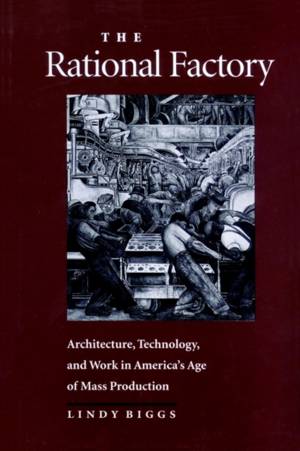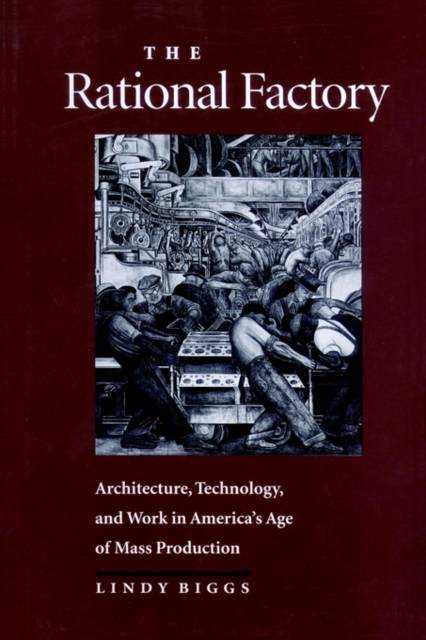
- Retrait gratuit dans votre magasin Club
- 7.000.000 titres dans notre catalogue
- Payer en toute sécurité
- Toujours un magasin près de chez vous
- Retrait gratuit dans votre magasin Club
- 7.000.000 titres dans notre catalogue
- Payer en toute sécurité
- Toujours un magasin près de chez vous
The Rational Factory
Architecture, Technology and Work in America's Age of Mass Production
Lindy BiggsDescription
Searching for a "rational" workplace, turn-of-the-century engineers and industrial architects recast the factory itself in the image of the machine. Indeed, they considered the factory building the "master machine," containing and coordinating all of the machinery within. Such rational factory planning improved production speed and the management of workers. Once created, the rational factory transformed the nature of work, both human and mechanical.
In The Rational Factory, Lindy Biggs contends that factory design played a crucial role in the development of American mass production. Her interdisciplinary study draws from the fields of business history, engineering, technology, architecture, and theories of modernity. Why did some people want to rationalize the factory, she asks, and how did the system impact those who worked under it?
Spécifications
Parties prenantes
- Auteur(s) :
- Editeur:
Contenu
- Nombre de pages :
- 224
- Langue:
- Anglais
- Collection :
- Tome:
- n° 11
Caractéristiques
- EAN:
- 9780801872457
- Date de parution :
- 01-03-03
- Format:
- Livre broché
- Format numérique:
- Trade paperback (VS)
- Dimensions :
- 152 mm x 229 mm
- Poids :
- 326 g







